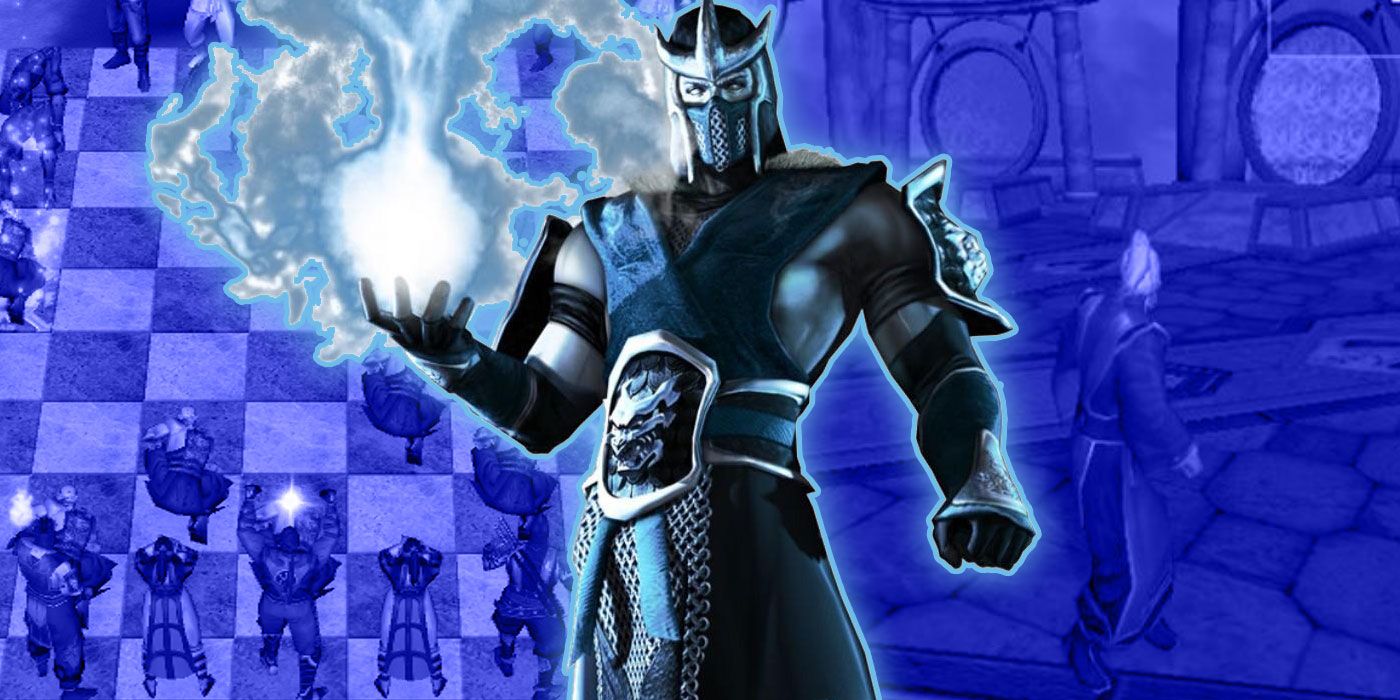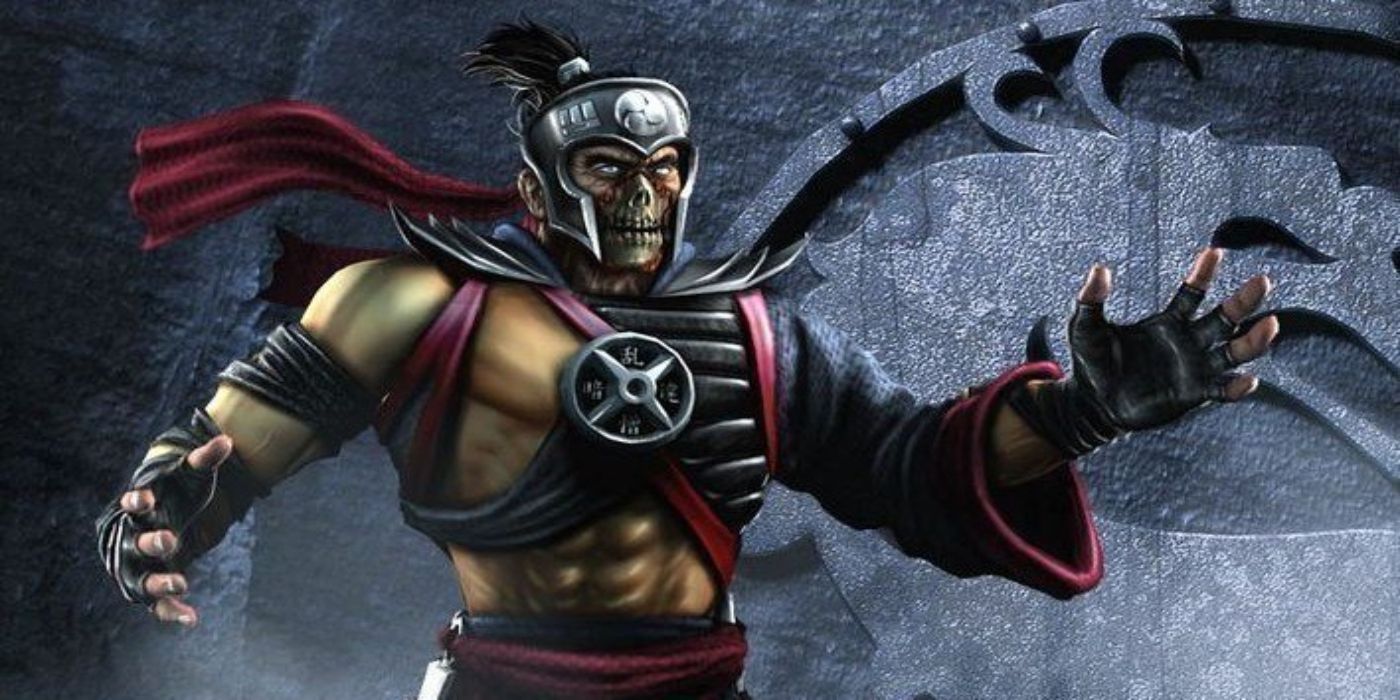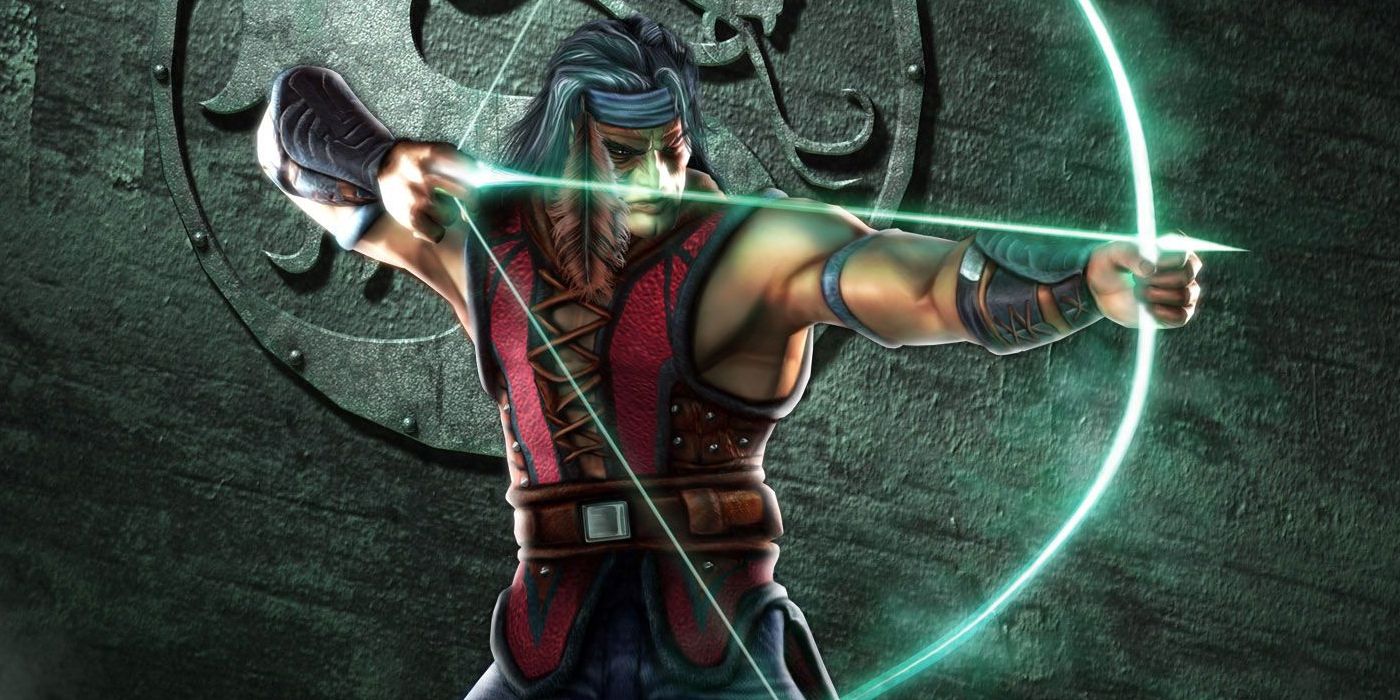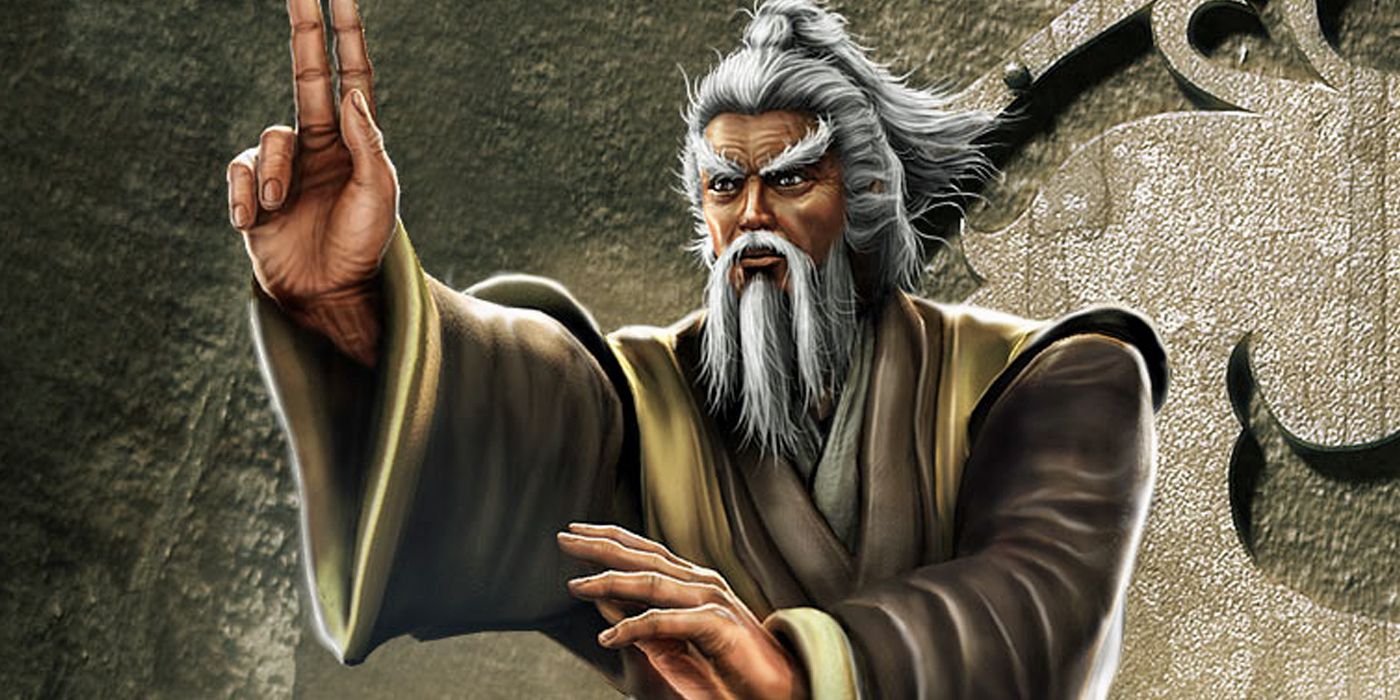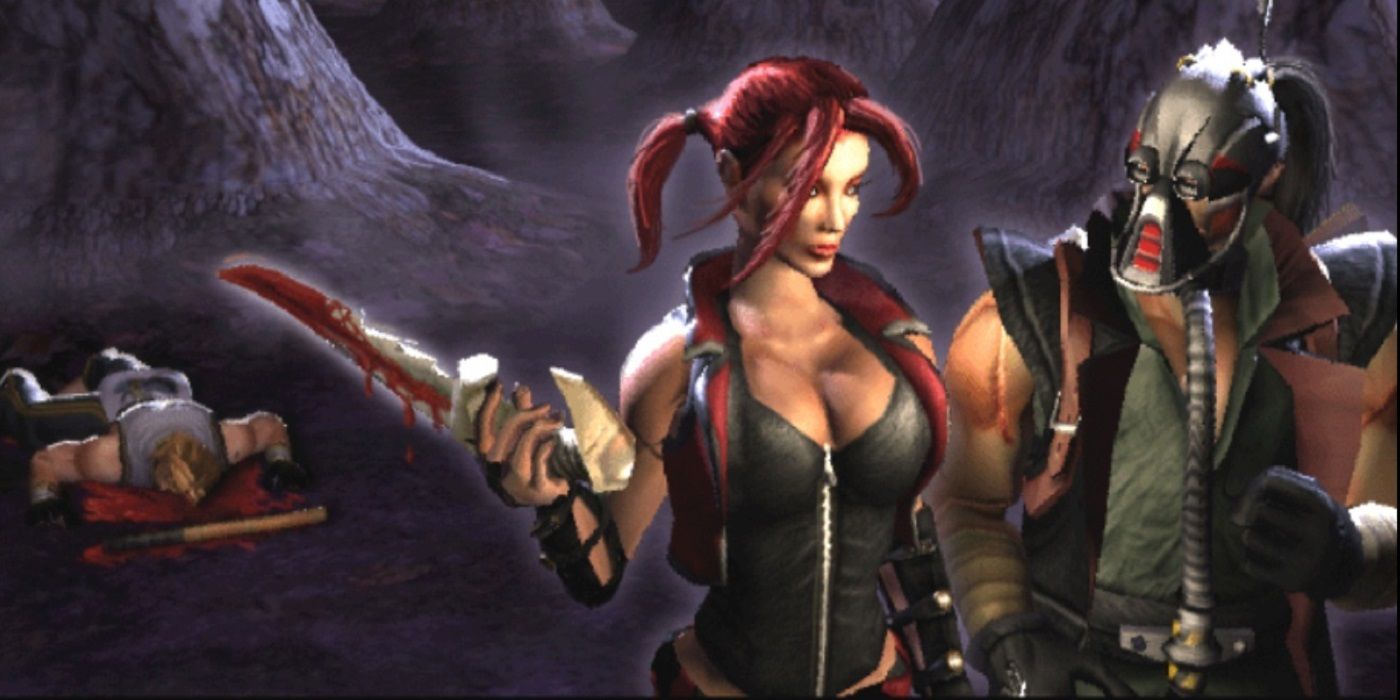When people look back on the Mortal Kombat franchise, two distinct eras come to mind. The 2D age of arcade cabinets and digitized actors, and the console-focused, lore-heavy 3D era. People tend to favor the 2D era over games like Deadly Alliance or Armageddon. However, a game that many have fond memories of is Mortal Kombat: Deception.
Out of all of the 3D games, Mortal Kombat: Deception stands out as the one that defined the future of the series. Released after Deadly Alliance, which brought the franchise back from 5 years of silence, Deception stands out in the trio of Mortal Kombat's Tekken-like 3D fighters. With the game's all-star roster, Konquest mode, and series-defining gameplay, let's breakdown the sixth game in the franchise defined the future of Mortal Kombat.
Killer Roster
Mortal Kombat Deception's roster would have a total of 26 playable characters. The returning roster included many of Mortal Kombat's most recognizable fighters, such as Scorpion, Mileena and Baraka, as well as a host of new kombatants.
Mortal Kombat Deception saw the franchise start to take shape in big ways. The game saw the first instance of Dark Raiden, this time the result of Raiden sacrificing himself to stop Onaga. Deception is also the game that revealed Noob Saibot's identity as Bi-Han, the Sub-Zero from the original Mortal Kombat.
The 3D era of MK saw some forgettable new fighters, but Mortal Kombat: Deception featured the more memorable ones. These included characters such as Havik, a Cleric of Chaos who hails from the Chaosrealm, and the Dragon King, Onaga, the ruler of Outworld before Shao Kahn.
Konquest Mode
Mortal Kombat: Deception would include the story-focused Konquest Mode. In Konquest Mode, players took control of Shujinko, a young man with ambitions of fighting the sorcerer Shang Tsung. Konquest Mode as a whole would be seen as sub-par compared to the rest of the game, but the actual story holds some serious significance to the lore of Mortal Kombat as a whole.
Throughout Konquest Mode, Shujinko follows the orders of a supposed emissary of the Elder Gods, Damashi. Damashi tasks Shujinko with gathering the six Kamidogu, or mystic essence, of the six realms. Shujinko is also be given the ability to absorb the powers of fighters he encounters, allowing him to use moves of other characters after he faces them.
Shujinko would acquire the six Kamidogu, only to learn that Damashi was a lie crafted by Onaga. Onaga would use the Kamidogu to revive himself so that he may take back Outworld's throne. Realizing his failure, Shujinko fled through a portal to warn other fighters of Onaga's threat.
In Konquest Mode, several important lore implications are introduced and developed. The first, and most major, is the introduction of the Kamidogu. The essences of the realms would appear once more in the Mortal Kombat X comic tie-in. Here the Kamidogu are re-imagined as daggers with the ability to perform powerful blood magic. The daggers would be used to bind the necromancer Shinnok to his amulet.
Konquest Mode would also give players a chance to explore the different realms of the Mortal Kombat universe. Most of these realms had only been mentioned by name up until this point, so being able to explore them in-person became a major landmark in Mortal Kombat's lore. With an emphasis on exploration and secrets, Deception's Konquest mode could be seen as a precursor to the modern-day Krypt.
Now Fight!
The gameplay of Mortal Kombat: Deception could be described as being what Deadly Alliance should have been. With each fighter having three "styles," including one weapon style, there's plenty of diversity when it comes to moves and combos. The combat of Deception requires players to master each fighting stance and swap between them when needed to chain together combos.
Another defining addition in Mortal Kombat: Deception was the extra modes. These included mini-games like Chess Kombat and Puzzle Kombat. Chess Kombat is a reasonably extensive game mode with layers of strategy. It plays very much like chess, with five different pieces that can be assigned different fighters on the roster. The Sorcerer (Bishop) and Shifter (Rook) are probably two of the biggest changes from regular chess, with the Sorcerer being able to cast several spells and the Shifter being able to take the form of another piece.
Both Chess Kombat and Puzzle Kombat helped Mortal Kombat: Deception establish the series' tone as a franchise that took itself seriously but knew when to lighten the tone for effect. Mortal Kombat: Deception's gameplay improved off of Deadly Alliance and helped the series find it's footing in a 3D environment. Moving forward, many of the improvements made in Deception found their way into later games in the Mortal Kombat series, making Mortal Kombat: Deception one of the most important in the 3D era.

